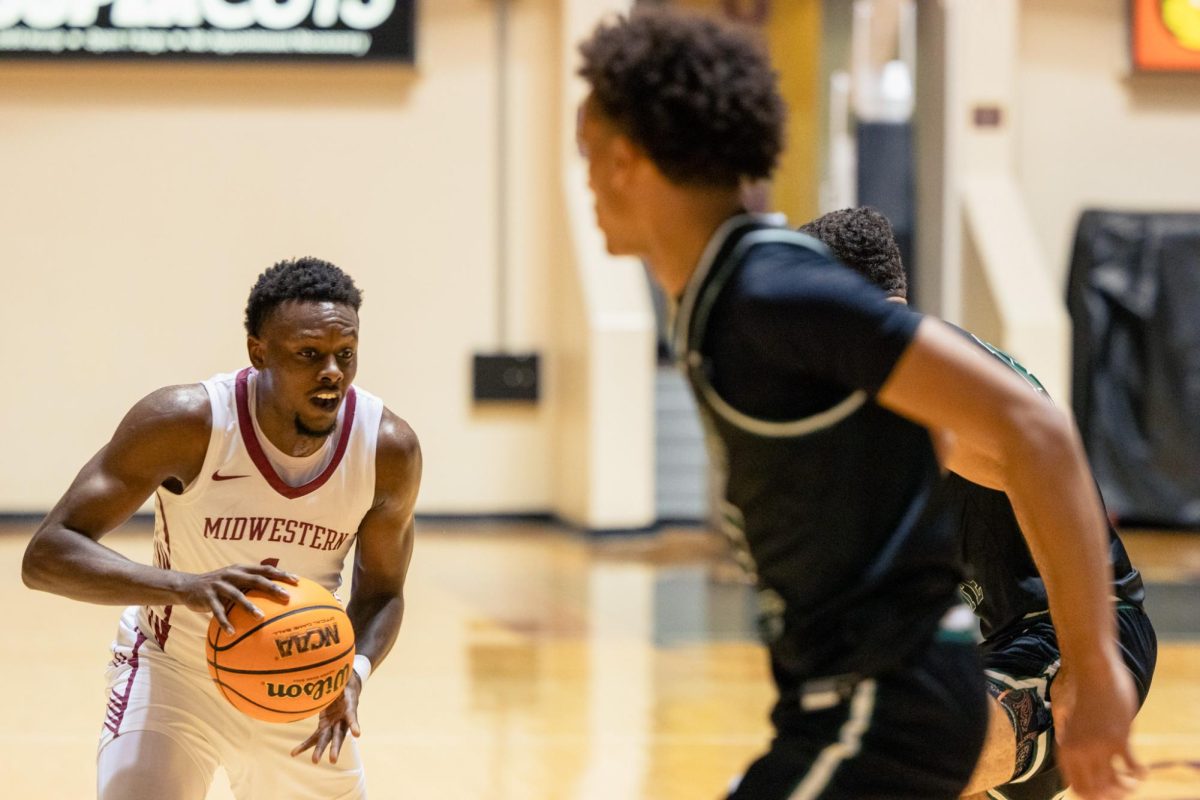Student organizations can often miss the feeling of being appreciated by the school. Lack of attention, funds or just the general, “Who are they again?” mindset. This sort of mindset has left some clubs feeling left behind and ignored by the university—specifically from the monetary viewpoint.
Clubs are important to the university for a multitude of reasons. They get students involved on campus, provide a sense of pride and belonging and present students with opportunities to find their identity within the university. Part of being in a club is extending that branch of identity and bringing new students in. When students become involved and find their niche, they feel wanted and appreciated by the school. But some clubs are beginning to think that their organization is being left behind.
“The school hardly gives us anything and doesn’t even provide us with a field,” said Matt Rodgers, early childhood development sophomore and rugby club member. “Our players are paying more than $100 in insurance in addition to buying jerseys, shorts and protective gear.”
But what rugby isn’t taking advantage of is student service fee allocation money.
All students pay a student service fee that costs $15.50 per credit hour. All the student service fee money is then pooled together and distributed to different clubs and programs decided by a group of five students appointed by the Student Government Association members, with help from the SGA president and one faculty adviser.
Organizations can present their case to the members of the committee once a year in April. After all the cases are presented, the group then distributes the grand sum of the students’ money among the organizations that were present. Rugby was not present at the last Student Service Fee Allocations meeting.
Of the 92 student-led organizations registered on OrgSync, only four received money through the student service fee allocations.
Of the 27 organizations that applied, all were awarded money. The amounts ranged from $807 awarded to the Steel Pan Ensemble to $534,033 awarded to the Clark Student Center.
“It’s a very rare year when they are able to give everyone everything they asked for, so that’s the difficult part of it for the students,” Vice President for Student Affairs and Enrollment Management Keith Lamb said in an interview with The Wichitan in October of 2013. “They have to weigh what’s required for the institution to provide by law like disability support services.”
Lamb said the law doesn’t mandate how much funding the required services must receive, only that they are provided, so the committee must be careful to provide an accurate estimate of what those services will cost each year
“There are other things that maybe are more flexible such as the artist lecture series or different programing because it’s not mandated by law,” Lamb said. “But it’s incredibly important to the student experience, so the committee has to weigh all those things.”
Instead of utilizing the student fee money, rugby club members choose to raise funds on their own to pay for travel, insurance, jerseys and other gear.
“Opportunities through community events such as Hotter’N Hell 100 provide us with sponsors. Also we get money from selling shirts as well as sponsorships from local businesses for advertising them on our shirts,” Rodgers said.
On the opposite end of the spectrum, the cheerleaders have taken advantage of the student service fee allocation money by being awarded a total of $76,292—only 3.2 percent of the total $2,376,770 awarded among the organizations.
The cheerleaders use the money awarded from the student service fees for traveling in vans, camps, overnight hotels and meals, but the cheerleaders still hold fundraisers of their own.
“We do a lot of fundraisers. For any of the warm ups, backpacks, dufflebags, poms, anything extra they have to fundraise for,” said Sue Witherspoon, administrative assistant and cheerleader sponsor. “Aramark hires the cheerleaders to be the wait staff during the Presidence Excellency Dinner and Honors Banquet. They pay us a fluctuating amount from $400 to $500 and we serve them.”
Witherspoon said the cheerleading team also hosts cheerleading clinics to teach younger athletes the fundamentals of cheerleading.
“We do three-day camps which directly benefit our team. We go to schools from 9 a.m. to 3 p.m. and teach new cheers and new dances. And then they pay us a set amount,” Witherspoon said. “We also do a thing called ‘Cheerleader for a Day.’ It’s for the kids where they come and pay a certain amount to get a one-day, one-on-one clinic. They get to go to the football game and cheer the first quarter.”
But even with all of the money awarded from student service fees and their own fundraisers, the cheerleaders still have to spend some money out of their own pocket.
“They have to pay for some of their own meals out-of-pocket. They buy their own camp clothes, shirts, sports bras, shoes and bows,” Witherspoon said.
Some clubs might feel under-appreciated by not being funded enough by the university, but they aren’t taking advantage of the opportunities.
“The opportunities are presented to all students, it’s up to them if they want to read their email and take advantage of the opportunities,” said Kevin Bazner, assistant director of student development and orientation.
Rodgers says the rugby team didn’t apply for money because they didn’t know the student service fee allocation money existed. Since only four organizations received money, the service needs to be made more known among student-led clubs.

















